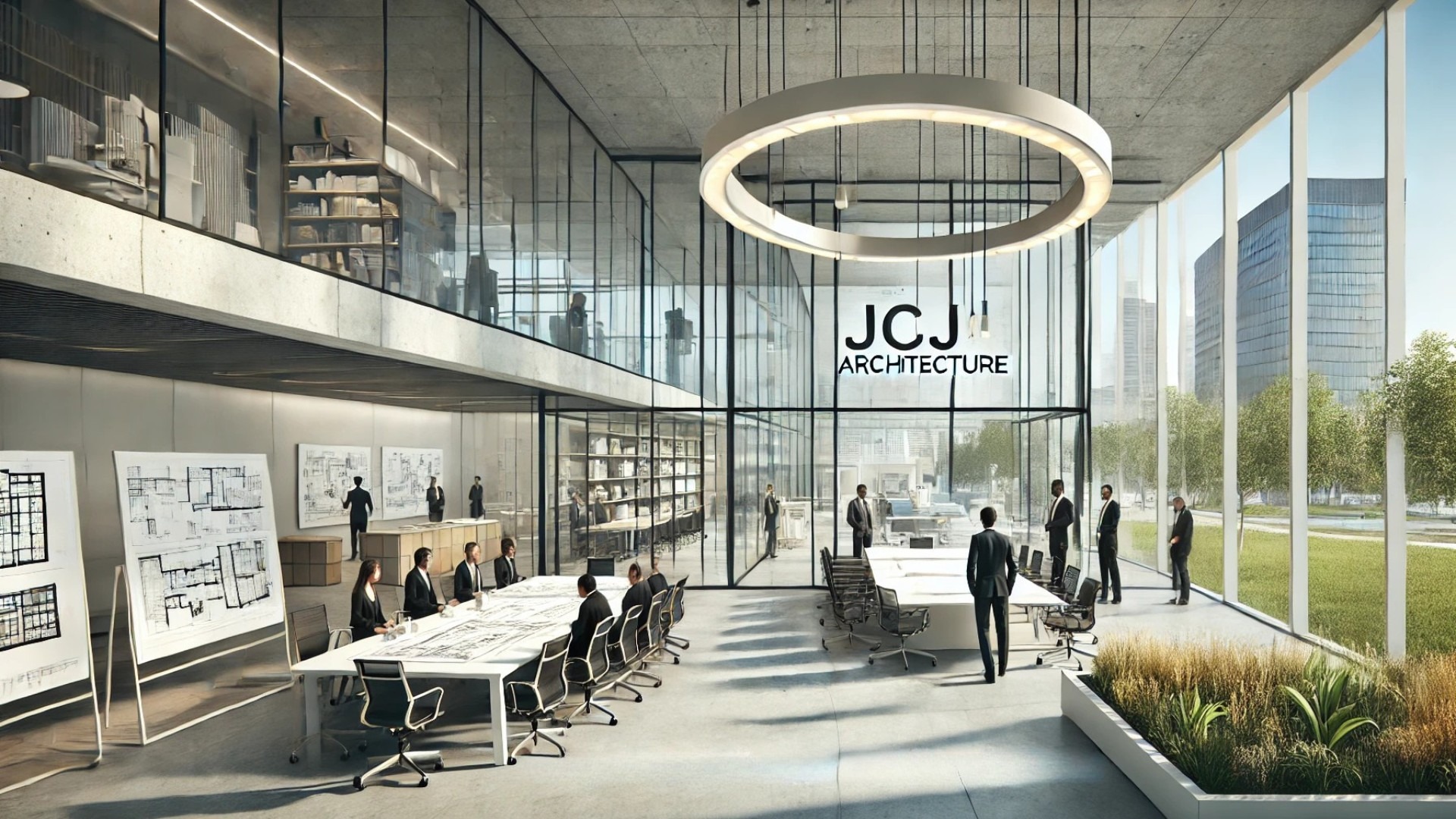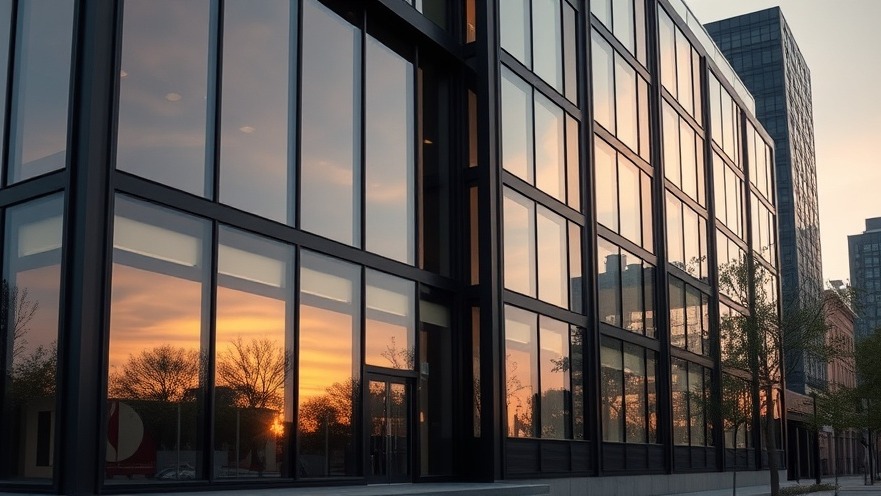
JCJ Architecture's Leadership Transition: A Strategic Move for Future Growth
In a significant shift within its leadership, JCJ Architecture has announced the appointment of their new president, a move that demonstrates a forward-thinking strategy aimed at enhancing the firm's competitive edge in the architectural landscape. The new president's industry experience and innovative approach are expected to usher in a fresh perspective on design and project management, which is crucial for the firm’s growth in an ever-evolving market.
The Importance of Strategic Leadership in Architecture
The architecture sector faces constant challenges, from fluctuating material costs to changing client demands. A robust leadership transition like that at JCJ Architecture exemplifies how the right leadership can steer a firm through these turbulent waters. With the newly appointed president at the helm, JCJ Architecture is poised to adapt its business strategies to leverage current architectural trends, focusing not only on design excellence but also on sustainable practices that resonate with modern clientele.
Future Predictions: How This Transition Could Shape Architectural Innovation
As JCJ Architecture embarks on this leadership shift, industry analysts predict an uptick in innovative design solutions and sustainable building practices. This president’s background in influential projects suggests a strategic pivot that may address contemporary issues such as climate change and urban space utilization. The firm could potentially lead the push for eco-friendly materials and technology integration in their future projects.
Unique Benefits of Knowing Leadership Changes in Architecture
Understanding the leadership dynamics within architecture firms is invaluable for industry stakeholders. For clients, it signifies a commitment to quality and forward-thinking. Investors and partners can forecast strategic alignments and project executions based on leadership vision. Additionally, for aspiring architects, such changes can provide insights into career paths and the evolving nature of architectural practices.
The Emotional Undertone: What This Means for Employees and Clients
Leadership transitions often bring about a mixture of hope and uncertainty. Employees may feel reassured by the prospect of new ideas and methodologies but may also harbor anxiety regarding changing workplace cultures. Clients, on the other hand, might look forward to a renewed focus on service and innovation. JCJ Architecture's leadership transition reflects both a commitment to nurturing talent and a strategy to elevate client deliverables.
Final Thoughts: Embracing Change for a Sustainable Future
As JCJ Architecture integrates its new president into the leadership framework, the focus on innovation and sustainability will likely permeate the firm’s mission and projects. Stakeholders should remain engaged and informed about how this shift will influence the firm’s trajectory and the broader architectural landscape.
 Add Row
Add Row  Add
Add 




Write A Comment